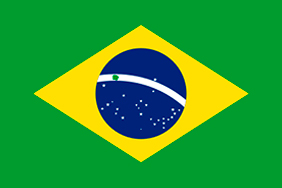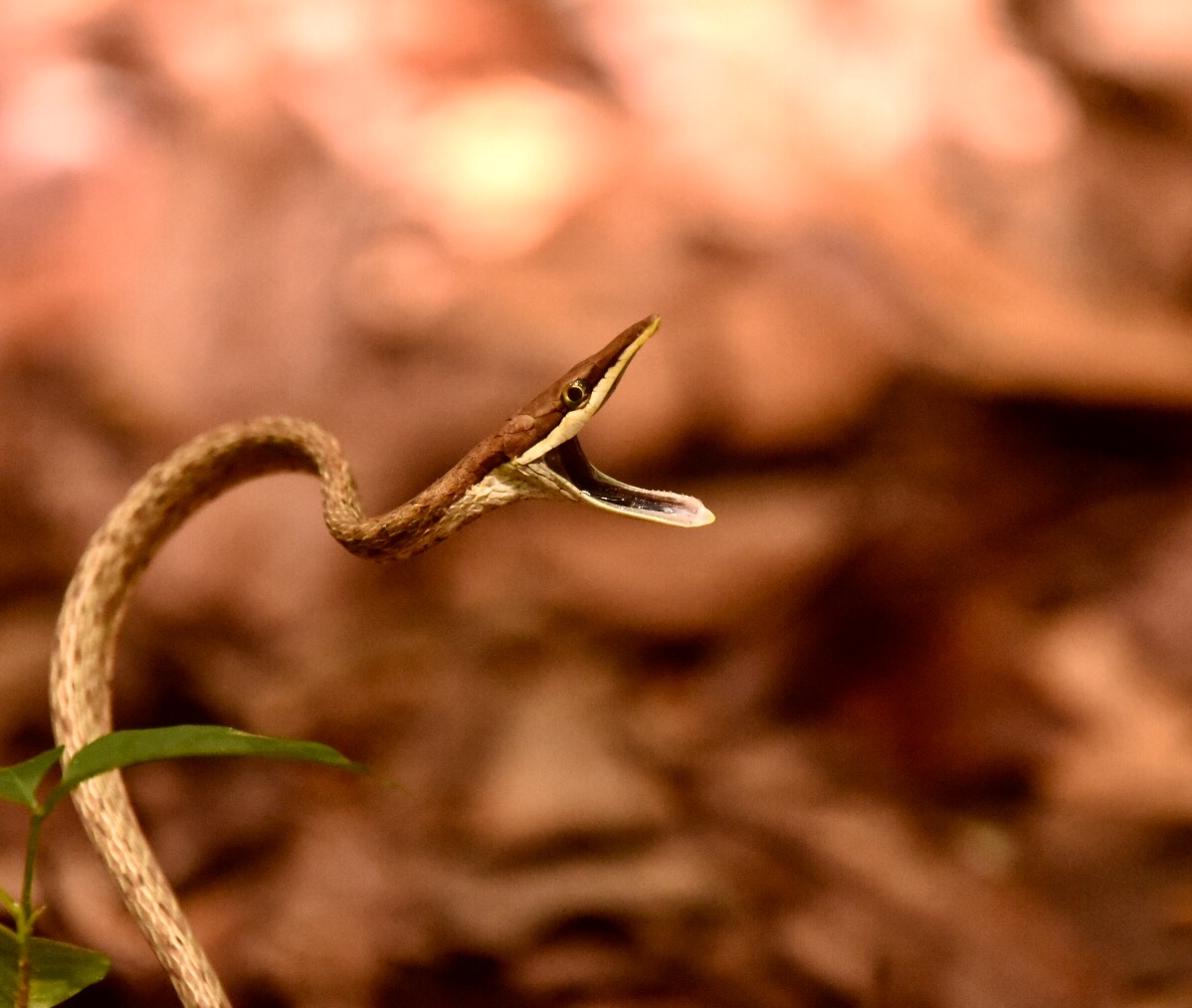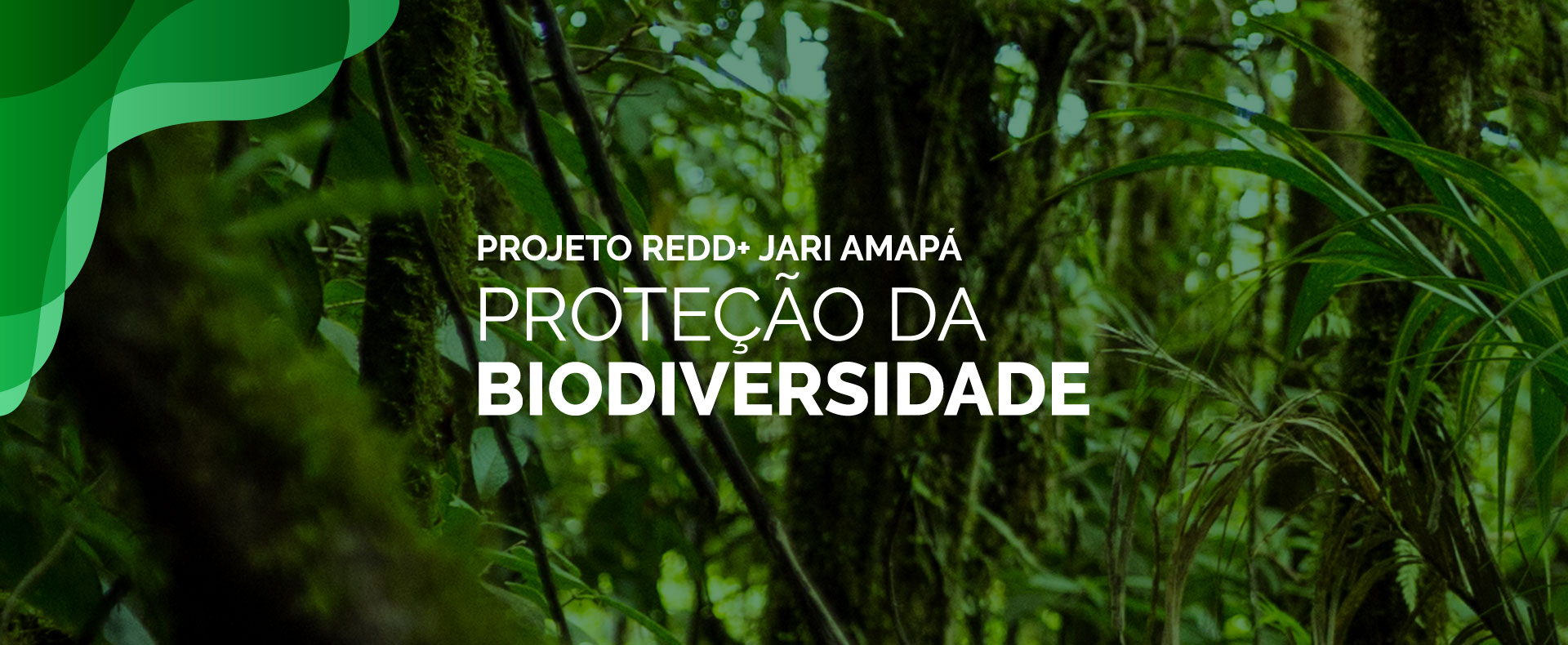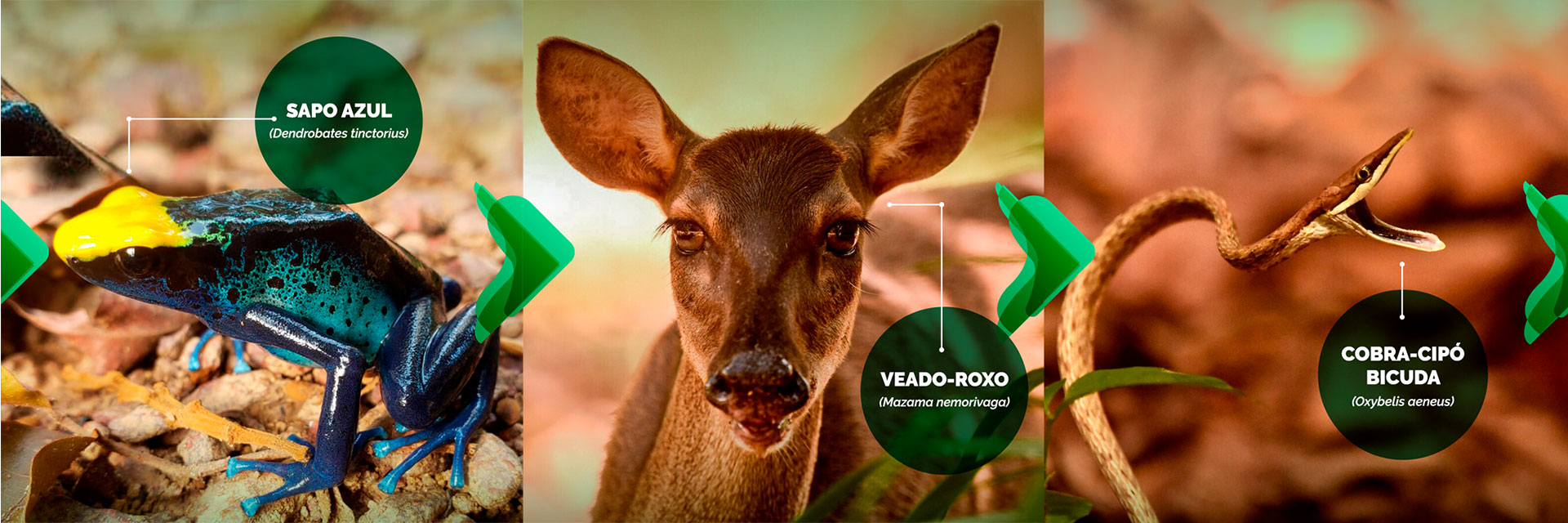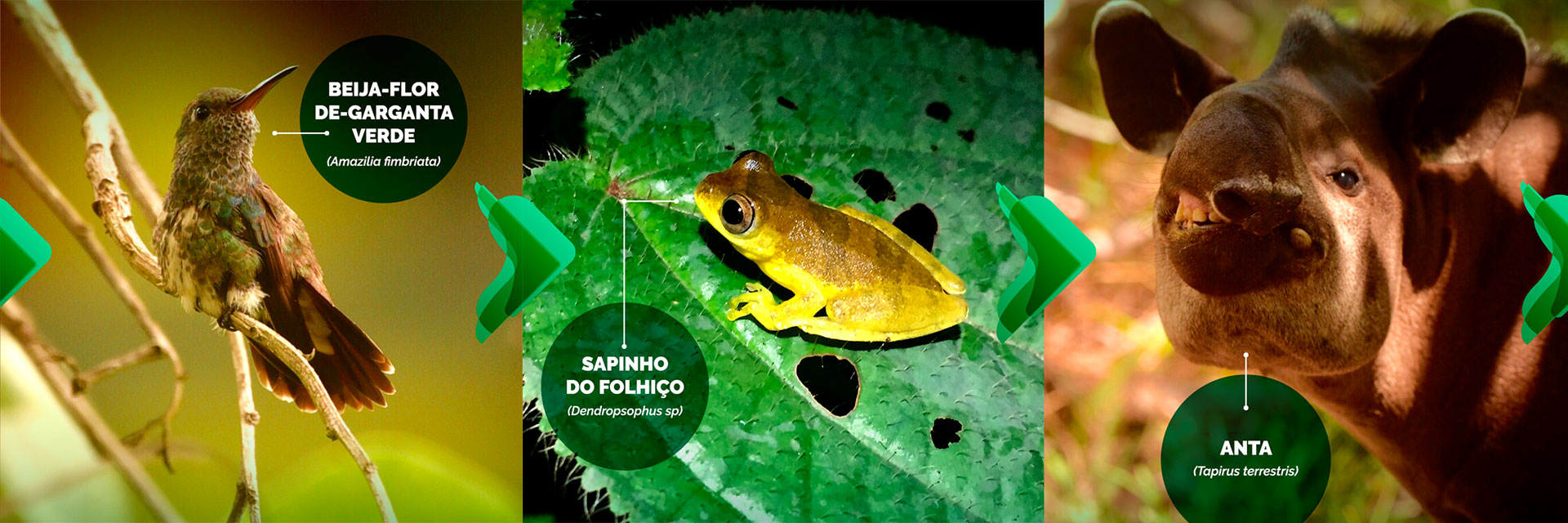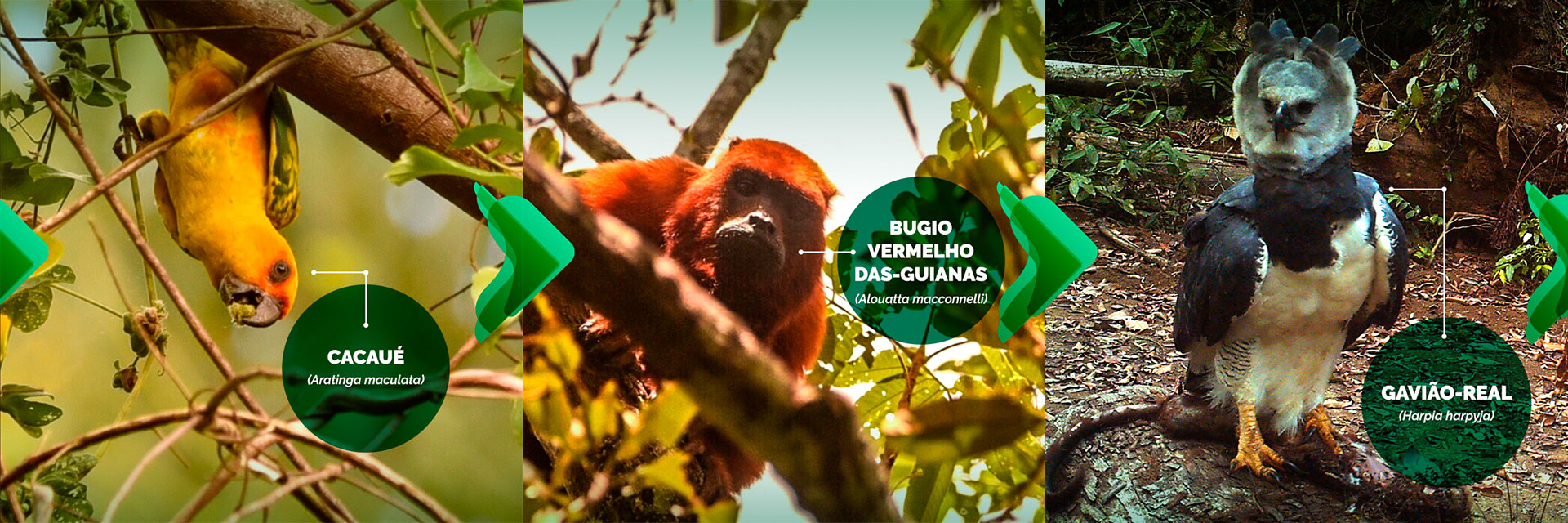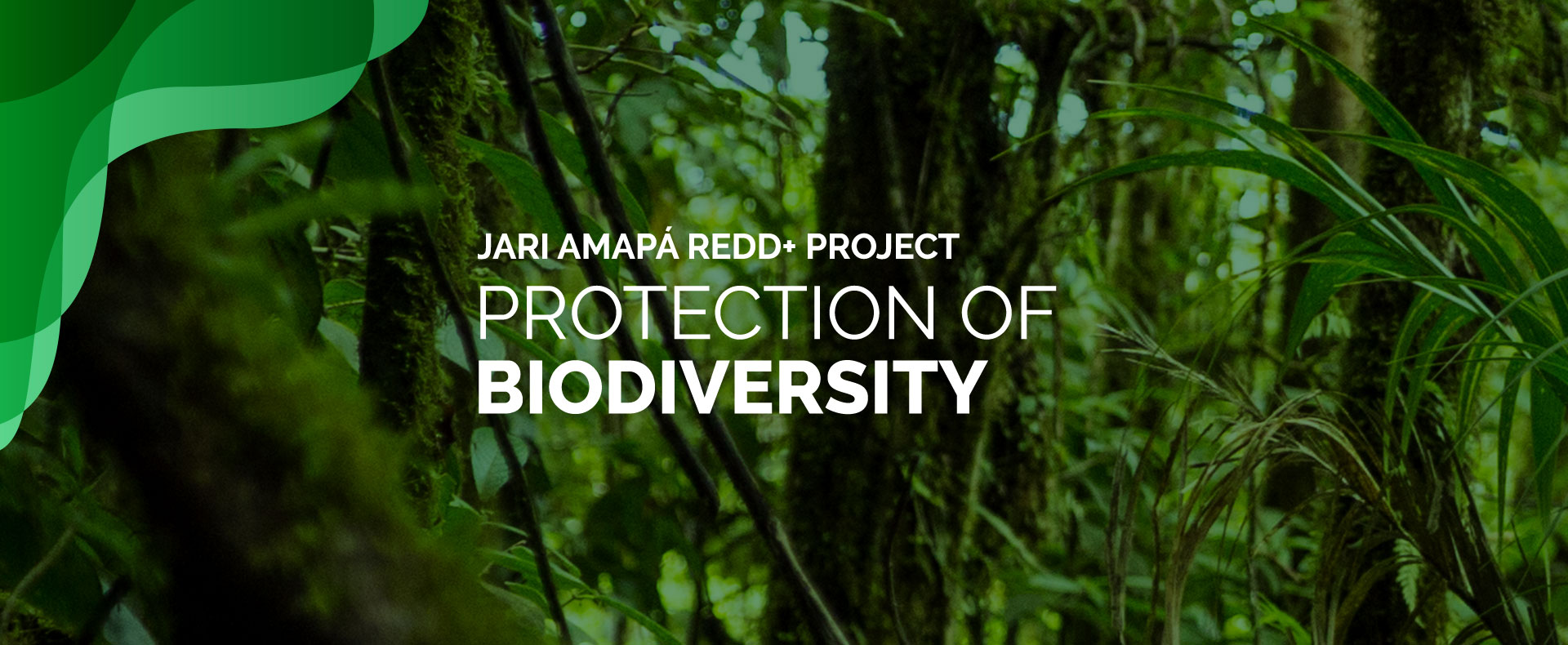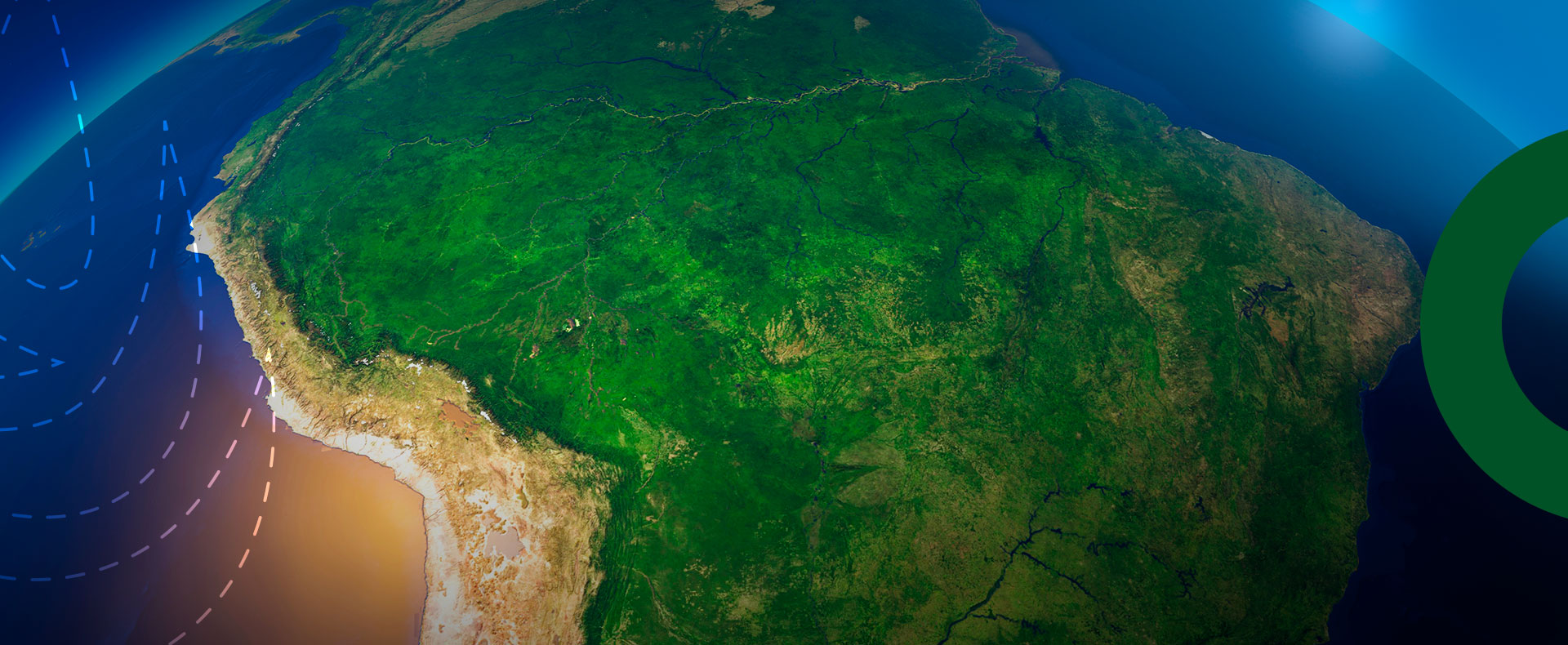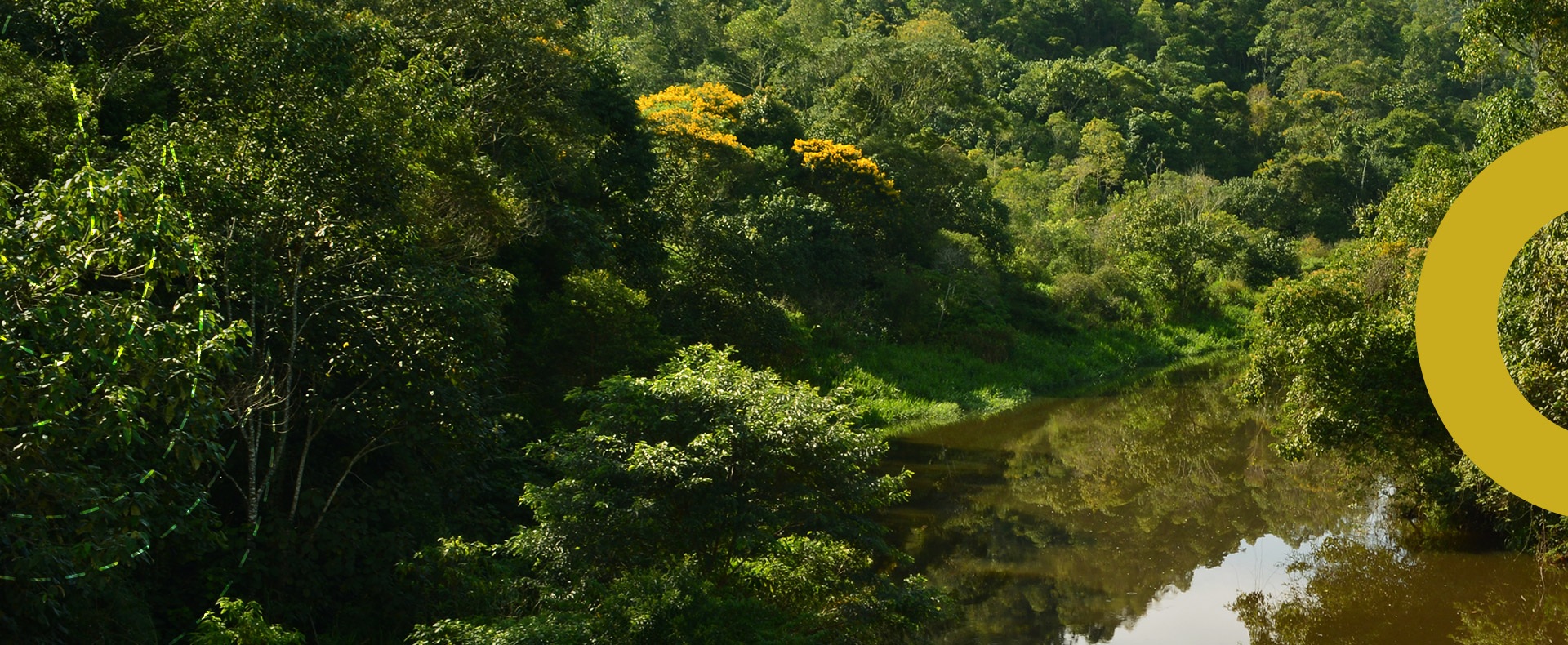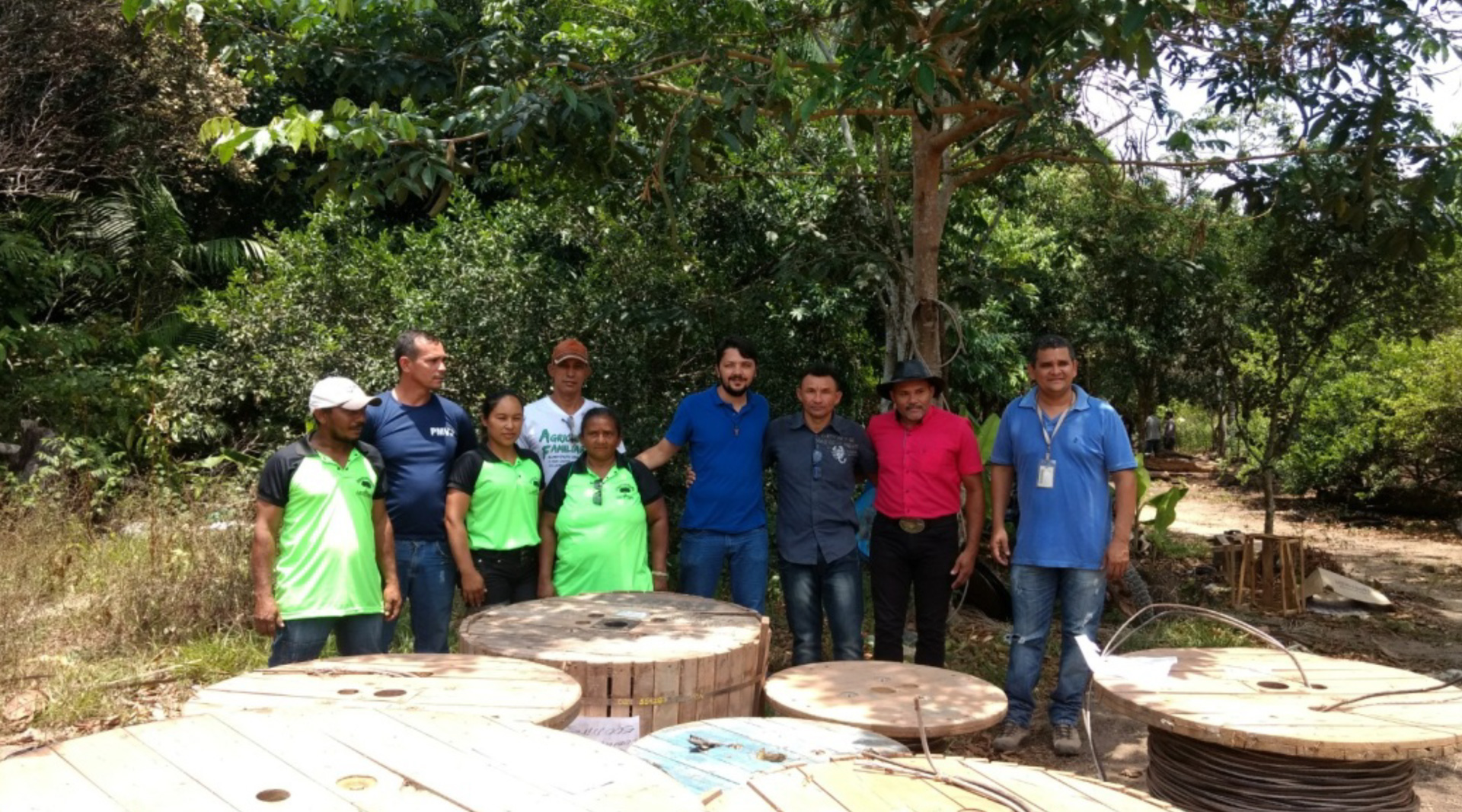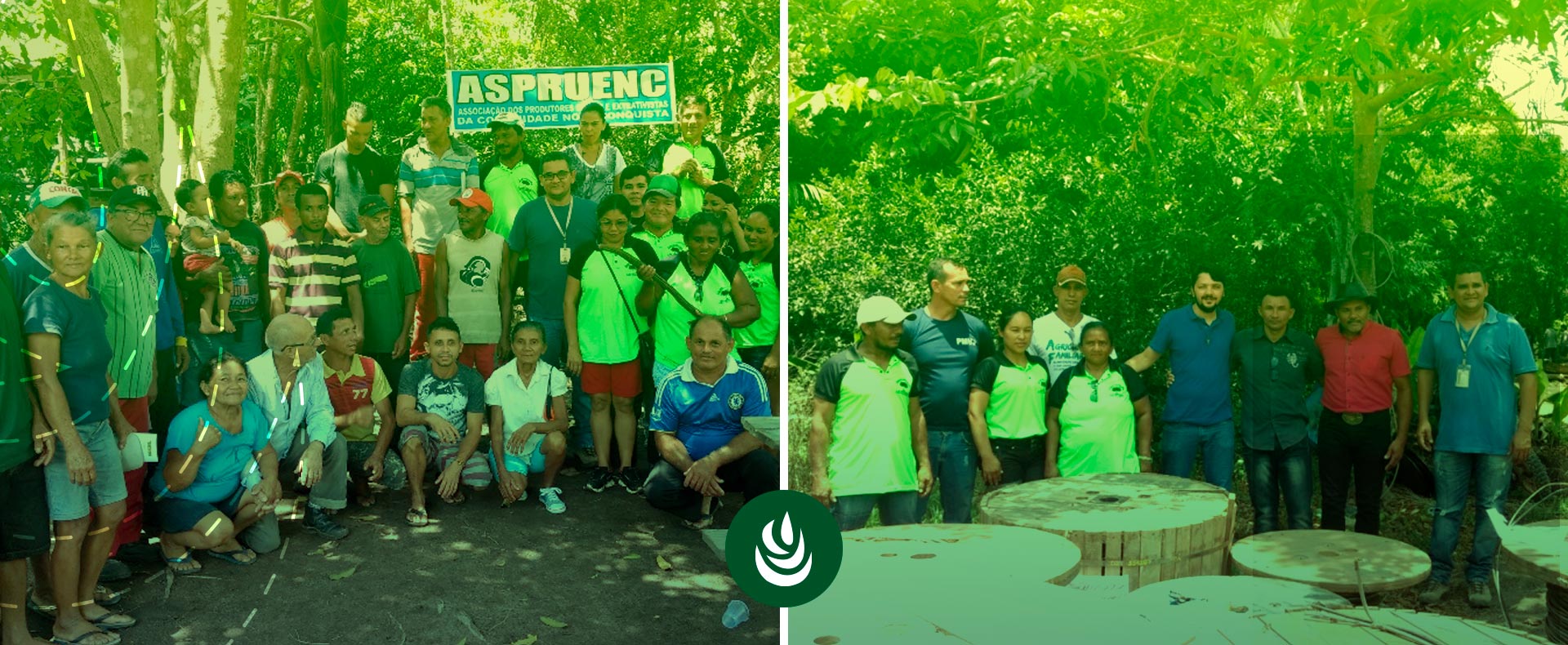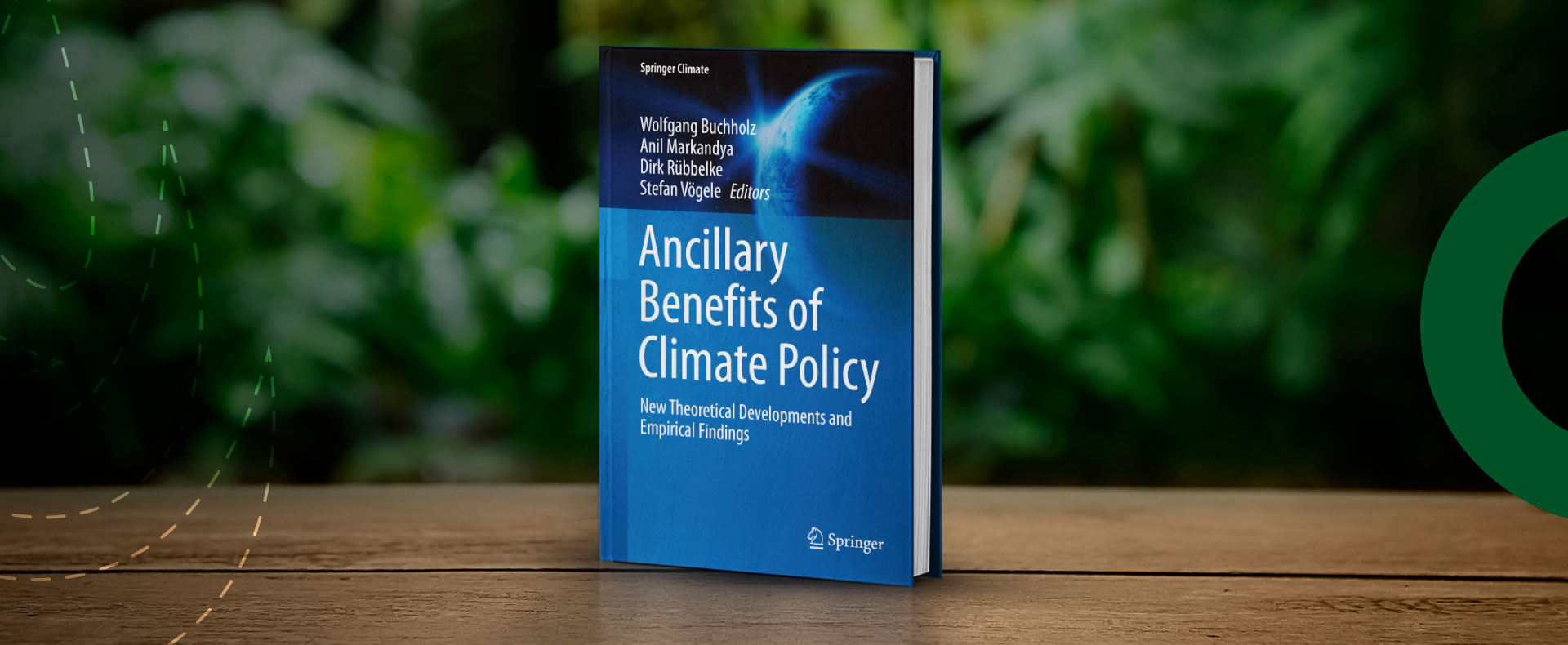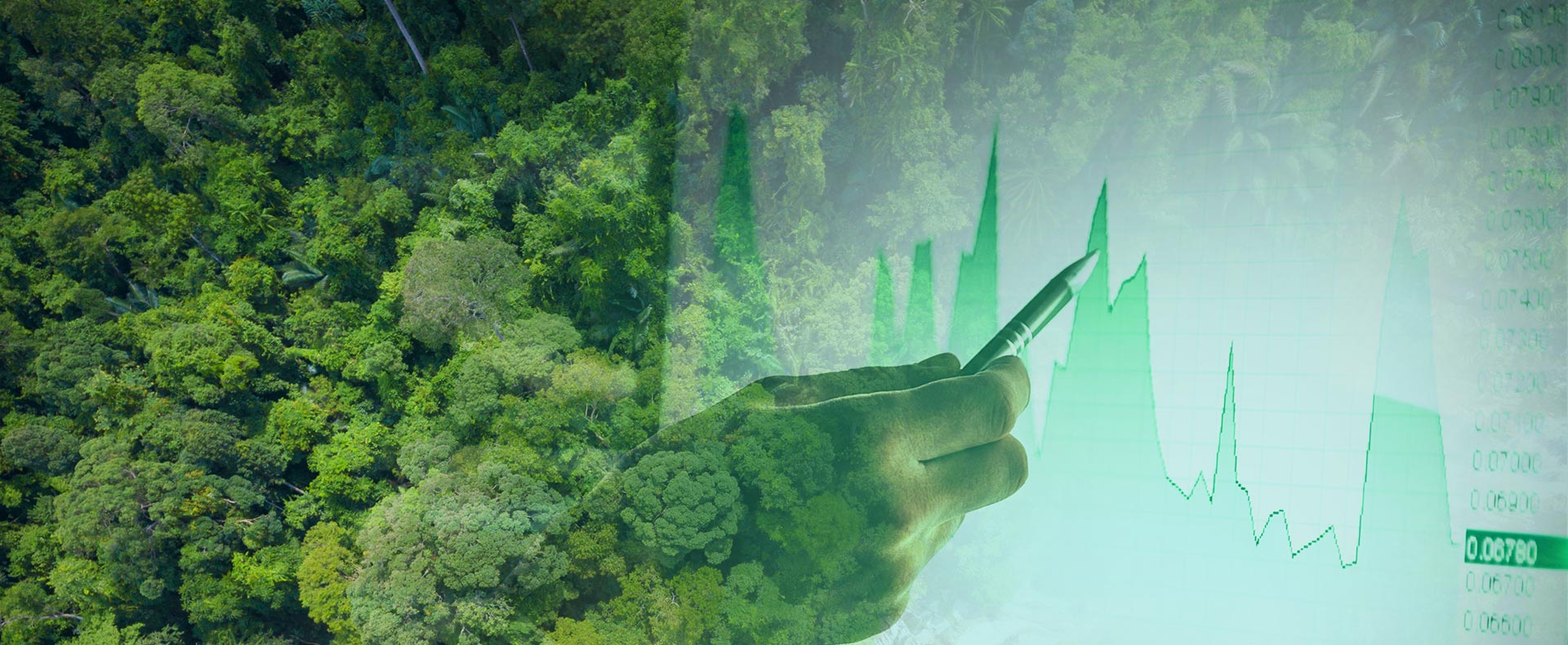Hoje é o Dia da Caatinga, a única floresta 100% brasileira que compõe os belos cenários nordestinos.
Predominante na região nordeste, a Caatinga é o bioma de clima semiárido com a maior biodiversidade do mundo e o único encontrado exclusivamente em território nacional. Sua flora e fauna chamam atenção por abrigarem cerca de 5.300 espécies de plantas, sendo 1.547 exclusivas dessa região, e mais de 1.000 espécies de animais, entre eles a ararinha-azul, ave com maior risco de extinção do Brasil.
Ainda que sua área corresponda a 11% do território nacional e 70% da região nordeste, 45% da paisagem da floresta já foi devastada pela ação do homem e cerca de 15% sofre risco de desertificação pelo alto grau de degradação.
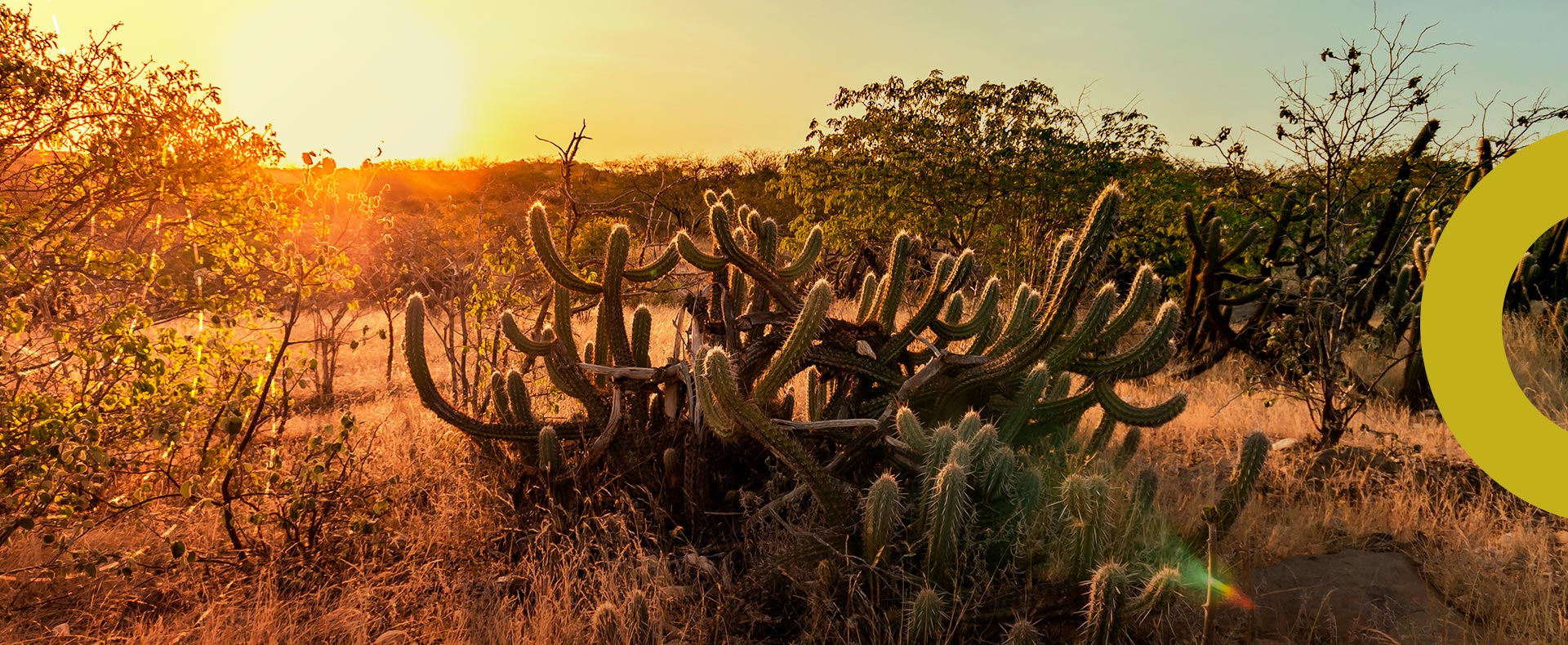
Como forma de preservar o bioma, aproximadamente 9% de sua área está protegida em Unidades de Conservação, sendo essa uma das formas
de Compensação de Reserva Legal na Caatinga.
O dia desta importante floresta, celebrado no dia 28 de abril, foi criado para conscientizar a todos sobre a importância da conservação e do
uso sustentável de suas riquezas.
Sua propriedade rural está localizada nesse bioma e tem déficit de Reserva Legal?
Saiba agora como regularizar e contribuir para a conservação da Caatinga sem perder áreas produtivas!
